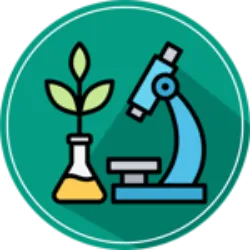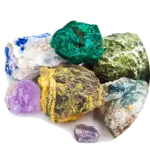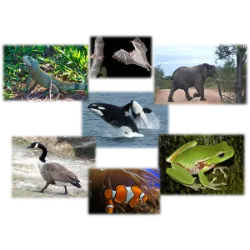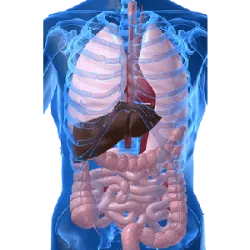Complex Chemistry

Transition metal complex compounds have been attracting attention in the field of chemistry due to their varied structures and intense colors. These materials are formed when a transition metal binds to different molecules or ions called ligands, creating geometric arrangements such as octahedral, tetrahedral, or square-planar shapes. Each type of geometry directly influences the chemical behavior of the complex.
One of the most fascinating aspects is the origin of their colors, which arises from electron transitions between different energy levels present in the metal's orbitals. When light strikes the complex, part of it is absorbed and part is reflected; the perceived color depends precisely on this energy difference between orbitals, which varies according to the metal and the ligands involved.
Besides their visual appeal, these compounds play an important role in various practical areas. They can act in catalytic processes, in materials used for sensors, and in systems that rely on specific optical properties. Understanding their structure and characteristics is essential for developing more efficient applications and expanding the use of these materials in everyday scientific and technological contexts.
Geological landscape
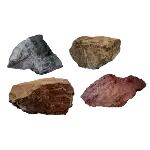
Geological landscape is the scenario formed in extensions of territory where one or more types of rocks predominate, giving them distinct characteristics, such as relief, soil quality, water courses and the distribution of life. Despite the wide variety, all of these landscapes are based on one or more of the three basic types of existing rocks: magmatic rocks (exemplified by granite and basalt), sedimentary rocks (such as limestone and sandstone) and metamorphic rocks (such as marble and schist). .
Test yourself with one of these challenges 👇
You can still go deeper with those who are experts in the subject: CiênciaLivre,
Discover some interesting facts about Natural Sciences
Earth is a unique and extraordinary planet

Earth is a unique and extraordinary planet, being the common home of all species, where we still enjoy the best conditions of comfort, sustenance and protection for life. However, it was not always like this. The planet we know today is the result of a complex process of transformations that began about 4.6 billion years ago. With the advancement of science and technology, human intelligence has made our species the most dominant, capable of influencing natural processes, consuming large amounts of resources and, thus, shaping the future of the planet. Now, we have the responsibility to ensure the survival of all the species that share the Earth with us.
In the adult body, approximately five liters of blood flow
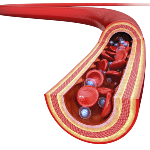
In the adult body, approximately five liters of blood flow, which corresponds to 7% of its weight. It is the cardiovascular or circulatory system, which allows blood to circulate throughout your body, performing the functions: transport (substances, such as oxygen and nutrients); defense of the body against micro-organisms; maintenance of body temperature and water reserve. Your body circulates venous blood (rich in carbon dioxide) and arterial blood (rich in oxygen). Blood is made up of: White Blood Cells (responsible for defending the body against pathogenic microorganisms); Red Blood Cells (carry oxygen from the lungs to the cells, and some carbon dioxide from the cells to the lungs. They contain hemoglobin which gives blood its red color); Plasma (transports all other constituents of blood, as well as nutrients and some gases, such as carbon dioxide) and Platelets (participate in blood clotting, preventing bleeding).
The Skeletal System is made up of fused bones

The Skeletal System is made up of fused bones, completed by cartilage and supported by ligaments, tendons and muscles. The human skeleton has 206 bones, which vary in size and shape. They act to support the body, protect vital organs, guarantee movement, produce blood cells and store some mineral salts, such as calcium and phosphorus. Bones are classified according to their shape into five main types: long, short, flat, irregular and sesamoid. Joints can be classified as: Synarthroses, Amphiarthroses and Diarthroses and can also be classified according to the material found between the bones: Fibrous joints, Cartilaginous joints and Synovial joints. The skeleton can be divided into: axial (skull, vertebrae, ribs, sternum and hyoid bone) and Appendicular (limbs and scapular and pelvic girdles).
The discovery of penicillin: a revolution in medicine
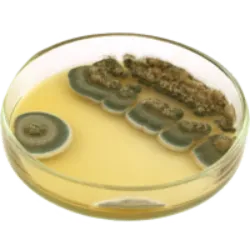
The discovery of penicillin: a revolution in medicine. In 1929, by a stroke of luck, Alexander Fleming found the first antibiotic, penicillin. During World War II, its potential was extensively tested, saving countless lives. Noel Rosa and many other artists could have been saved from tuberculosis if this discovery had occurred earlier.
The curious thing is that Fleming, a researcher dedicated to bacteria, left a culture plate forgotten during the summer. By chance, some bread crumbs fell on it, creating fungus. When his colleague Merlin Pryce noticed something strange in the plates about to be discarded, Fleming realized that the fungi had eliminated the bacteria, giving rise to penicillin, a milestone in the history of medicine.
World Brain Day is celebrated on July 22nd

World Brain Day is celebrated on July 22nd . This date was created by the World Federation of Neurology (WFN) to raise awareness of the importance of the brain in human health and well-being. The goal is to promote education about the brain, encourage research and innovation in the field of neuroscience, and highlight the importance of preventing and treating brain disorders. During World Brain Day, events are organized around the world, such as lectures, workshops, awareness campaigns and educational activities for people of all ages. The main focus is to promote brain health and provide information on how to keep the brain healthy throughout life.
celebrate in July 22
Test yourself with one of these challenges 👇
HOME
